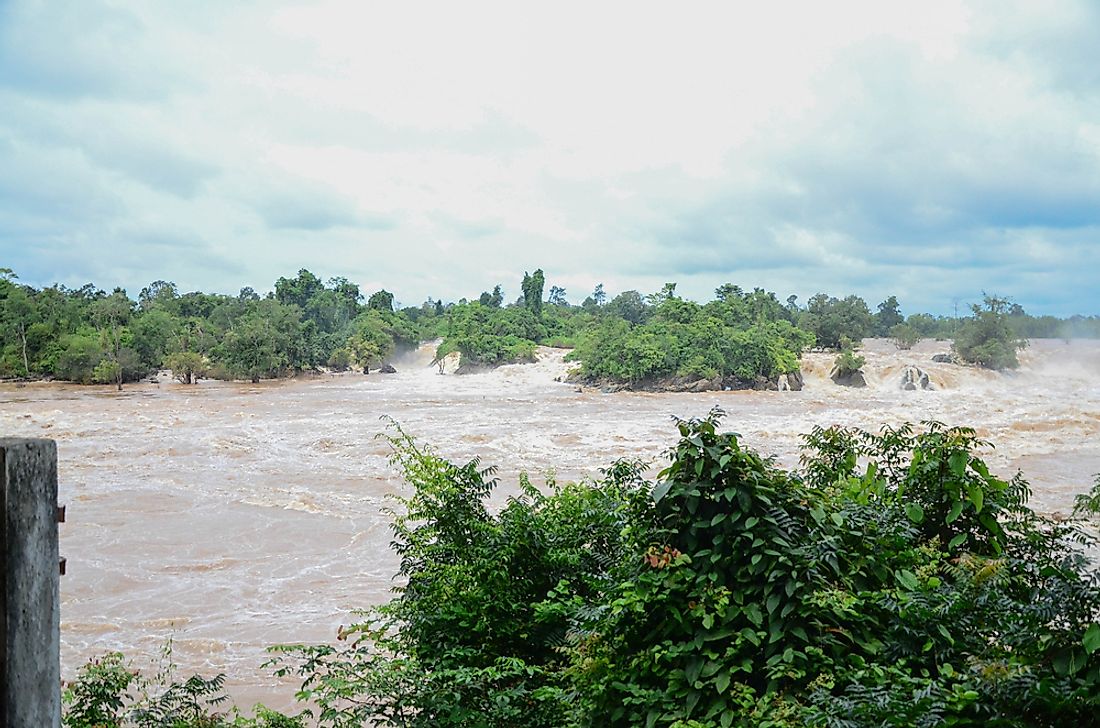What is a Huayco?

The word huayco (also known as huaico) is of Peruvian origin. Specifically, it originates from the Quechuan word wayqu which means "depth" or "valley." A huayco is defined as a flash flood that’s has been brought about by heavy rainfall occurring in the higher regions of a mountain, particularly during the El Nino (a weather occurrence). A flash flood refers to speedy flooding of areas with low altitudes such as rivers, dry lakes, basins, and washes. Flash floods may sometimes occur as a result of other reasons aside from heavy rain. These flash floods, as they start from the tops of mountains, are usually accompanied by rocks and boulders, trees and other forms of vegetation, and silt and mud from the mountain.
Causes of Huaycos
A flash flood that may bring about a huayco may occur because of a number of reasons. Flash flooding is brought about by rain that falls rapidly on soil that is saturated with water or on soil that is dry. On either type of soil, the ability to absorb the water that is falling is greatly diminished. Consequently, this water runs off and forms small streams which join up with others forming even larger streams. The larger streams of water have more power and thus pick up debris and other things along the way as they gains more size and momentum.
Sometimes, the area that first received the precipitation may not experience flash floods especially if it is uphill. In times like those, then low lying regions are more prone to flash floods. Rainfall is not the only source of flash floods that make up huaycos. In volcanic regions, huaycos may start after a volcanic activity that alters the temperature of the surrounding regions. After a volcanic eruption, the increased temperatures may melt the nearby glaciers. The resulting runoff may break or melt other parts of the glacier creating huaycos with immense power sweeping everything in their destructive paths. Other causes include heavy rains as a result of hurricanes, other varieties of tropical storms, or they can be caused by human activities like failures of dams.
Effect of Deforestation on Huaycos
Deforestation does not cause huaycos, but it facilitates their formation. That is the reason why Peru’s government has elected to establish national forests, like the San Matias-San Carlos Protection Forest, to curb the formation of huaycos. Forests prevent huaycos by protecting plants and vegetation which reduce runoffs and their consequent formation.
Dangers of Huaycos
Sometimes, huaycos may be powerful leading to extensive damage to infrastructure or loss of human life while at times they may be relatively weak. For example, early 2017 saw powerful huaycos ravish Peru’s Lima province. Reports showed that at least 67 people were killed in the heavy floods while thousand were left homeless after 115,000 homes were destroyed. Among the destroyed infrastructure was an excess of 100 bridges. The flood is considered one of the worst in recent times. The last time a flood of a similar magnitude was felt in Peru was in 1998.











